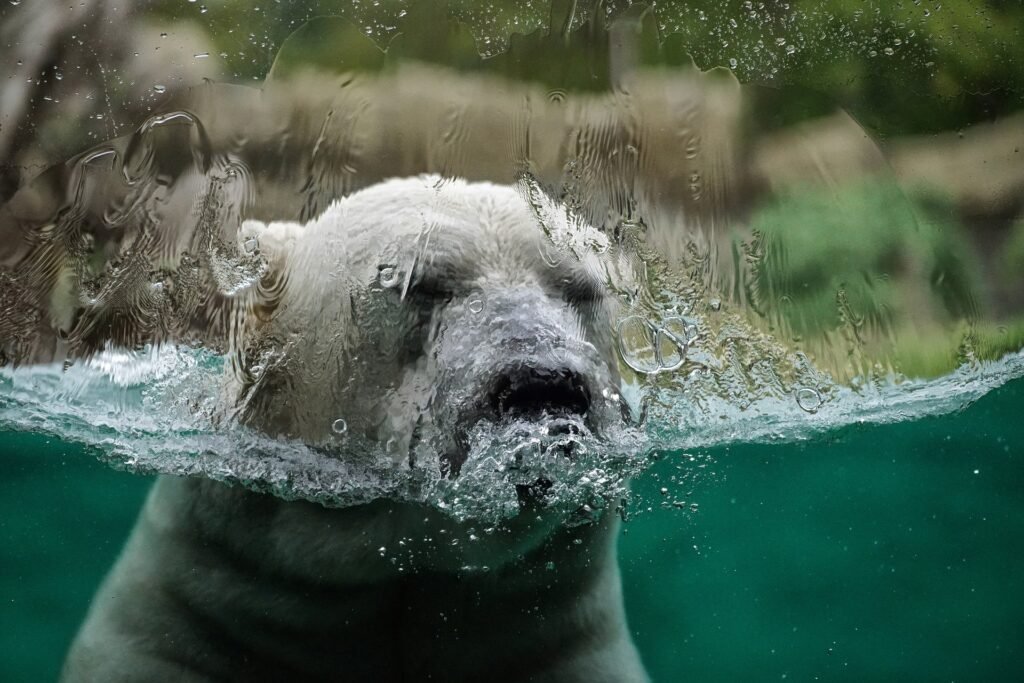The global surface temperature has risen faster since 1970 than in any other 50-year period over the last 2000 years. Atmospheric CO2 concentrations in 2019 were higher than at any time in at least 2 million years. Approximately 3.3–3.6 billion people live in contexts that are highly vulnerable to climate change.

The climate time bomb is ticking. The world is running out of time to avoid catastrophe, the IPCC climate report warns. Emissions of greenhouse gases have substantially caused global warming. The global surface temperature reached 1.1°C above 1850–1900 in 2011–2020. reportsrecords.com
Concentrations of carbon pollution in the atmosphere are at their highest level for more than two million years. Methane and nitrous oxide Concentrations were higher than at any time in at least 800,000 years.

“The climate time bomb is ticking,” said António Guterres, Secretary-General of the United Nations, in a statement to mark the launch of the IPCC climate change report. “Humanity is on thin ice — and that ice is melting fast,” he added.

Global temperature rise
Human-caused climate change is already affecting many weather and climate extremes in every region across the globe. This has led to widespread adverse impacts and related losses and damages to nature and people. Human influence has warmed the atmosphere, ocean, and land.
Climate change has caused substantial damages, and increasingly irreversible losses, in terrestrial,
freshwater, cryospheric, and ocean ecosystems. Climate change has reduced food security and affected water security, deterring Sustainable Development Goals. climate change has slowed this growth over the past 50 years globally.
The occurrence of climate-related food-borne and water-borne diseases and the incidence of vector-borne diseases have increased. Some mental health challenges are associated with increasing temperatures.
Between 2010 and 2020, human mortality from floods, droughts, and storms were 15 times higher in highly vulnerable regions, compared to regions with very low vulnerability.
Future Climate Change
Global warming will continue to increase in the near term (2021-2040) mainly due to increased cumulative CO2 emissions. Continued global warming will further intensify the global water cycle, global monsoon precipitation, very wet and very dry weather, and seasons.
Compound heatwaves and droughts would become more frequent, including concurrent events across multiple locations.









